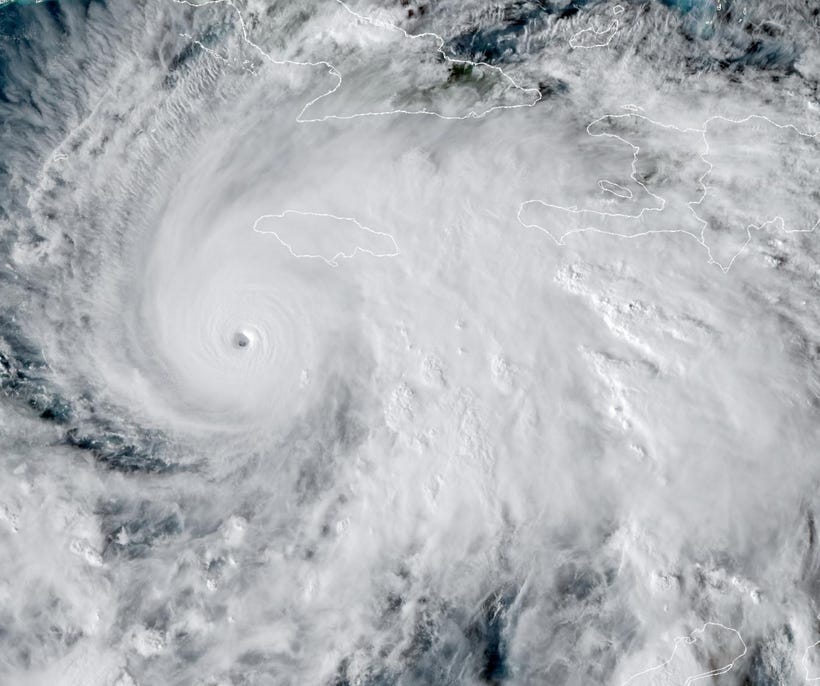Hurricane Melissa: Category 5 Intensity in Central Caribbean Sea with Projected Jamaica Landfall
The hurricane is maintaining maximum sustained winds of 175 mph (282 kilometers per hour) and a minimum central pressure of 906 millibars.
CARIBBEAN — The National Hurricane Center issued Advisory 25 at 1500 UTC on October 27. Hurricane Melissa has reached Category 5 status. It maintains maximum sustained winds of 175 mph (282 kilometers per hour) and a minimum central pressure of 906 millibars.
The center is located at 16.5 degrees north latitude and 78.3 degrees west longitude (approximat…




